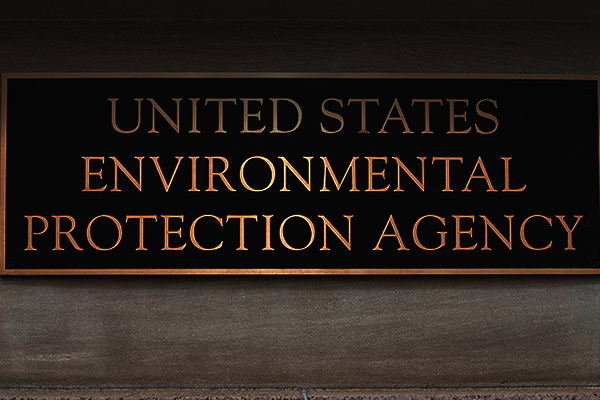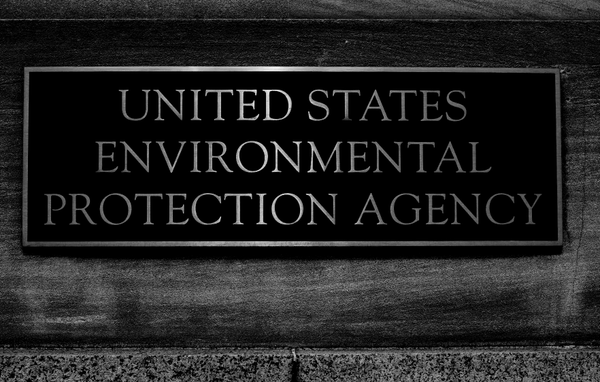Heritage Foundation: Carbon Caps a “Cure Worse Than the Disease”
In a new study, the Heritage Foundation estimates that recent proposals to limit carbon dioxide emissions in the United States would be a cure worse than the disease. In particular, by the year 2100 the cumulative net damages to the world economy could exceed an astonishing $100 trillion, and in not a single year do the benefits exceed the costs.
The Heritage analysis is based on a new approach to gauging the economic impacts from climate change. As the report explains:
A recent paper by Melissa Dell and her coauthors[1]…analyzed 125 countries over 55 years to estimate the impact of warming on each country’s GDP. By focusing on the impact on overall economic activity, they include all the negative and positive impacts of warming on income. Their statistical technique uses annual changes in temperature and avoids the problems of a simple cross-country comparison.
They found that countries with above-average income for the sample period suffered no impact from warming. On the other hand, countries with below-average income suffered a significant 1.3 percentage point decrease in their growth rate for each degree (Celsius) increase in temperature.
In addition to being based on actual empirical results, the Dell et al. results make sense intuitively: The faster a region’s economic growth, the better its people are equipped to deal with changing conditions. For example, rising temperatures per se don’t lead to increased mortality among the elderly. But in a country with no air conditioning, hotter summers could be deadly.
Based on the quantitative findings of the Dell et al. study, the Heritage analysis looks at the carbon restraints implicit in proposals such as the Lieberman-Warner and Waxman-Markey cap-and-trade bills, as well as the more recent Boxer-Sanders carbon tax plan. Specifically, the Heritage plans shows that an 80 percent reduction in US emissions by 2050 would lead to:
- An aggregate income loss to the U.S. of $207.8 trillion by 2100;
- An aggregate income loss worldwide of $109.6 trillion by 2100;
- A one-year worldwide loss of $3.5 trillion in 2100, equivalent to 4.75 percent of U.S. gross domestic product (GDP); and
- Adverse impacts, on net, in every year of implementation.
The proponents of massive new federal regulations to restrict carbon-intensive economic activity continually remind Americans that “the science is settled.” By this, they are referring to the majority of natural scientists—people such as climatologists, physicists, and chemists—who agree that humans are at least partially responsible for rising global temperatures since 1850.
However, it is far from “settled” that the proper policy response is a massive penalty applied to carbon dioxide emissions, particularly if that policy is a unilateral action by the U.S. government (as opposed to a coordinated global enforcement). There are many economists who argue that in light of the uncertainties and the problems with government “solutions,” the safest and most robust response to the risks of climate change is robust economic growth, which will give our children and grandchildren greater wealth with which to address their specific problems.
Far from “doing nothing,” a policy of economic freedom is one that works both in theory and practice. Historically, the societies with the fastest increases in the standard of living—even if we include criteria measuring environmental quality—are those embracing free-market capitalism.
[1] Melissa Dell, Benjamin F. Jones, and Benjamin A. Olken, “Temperature Shocks and Economic Growth: Evidence from the Last Half Century,” American Economic Journal: Macroeconomics, Vol. 4, No. 3 (July 2012), pp. 66–95.




